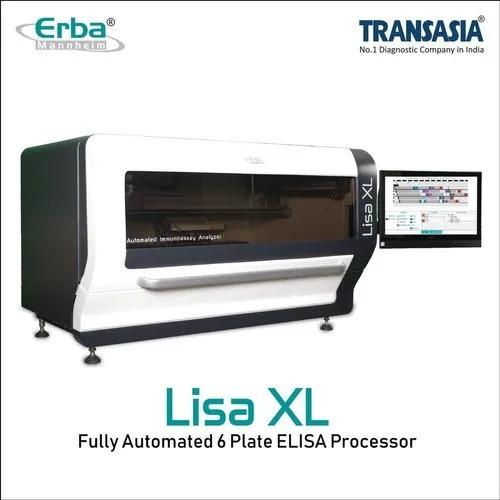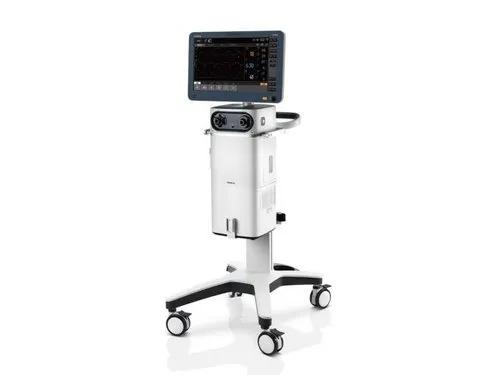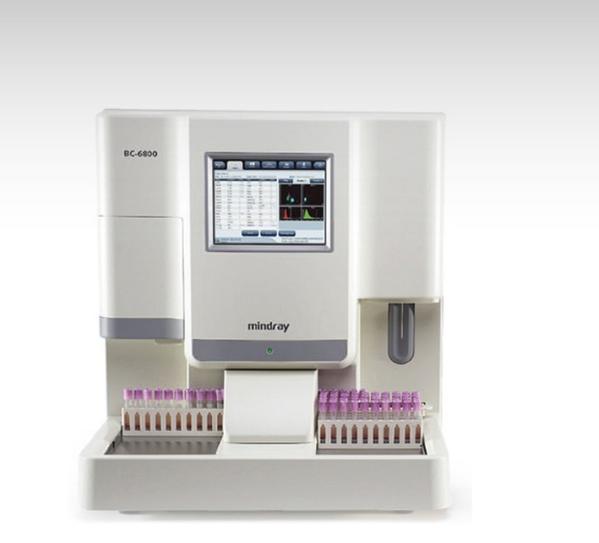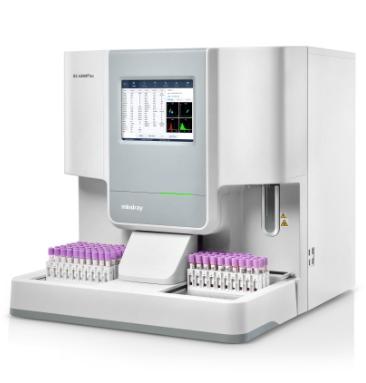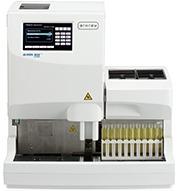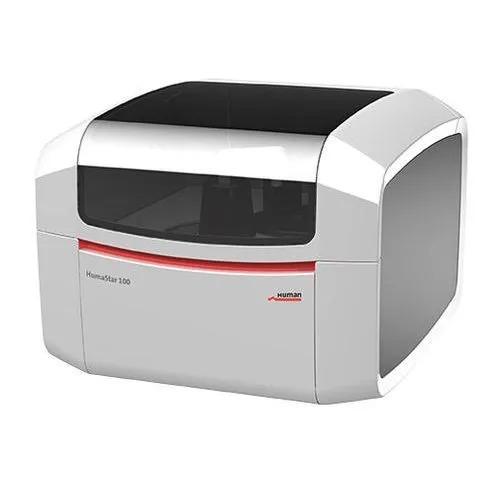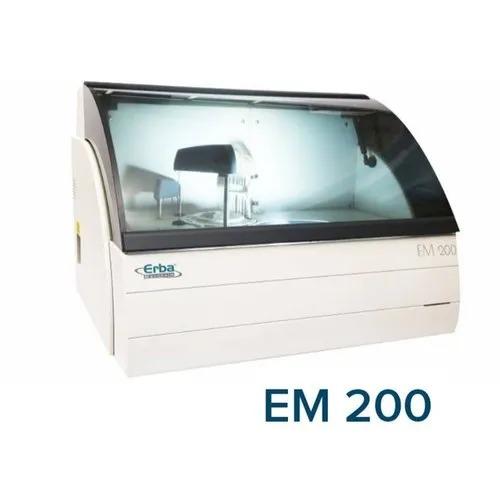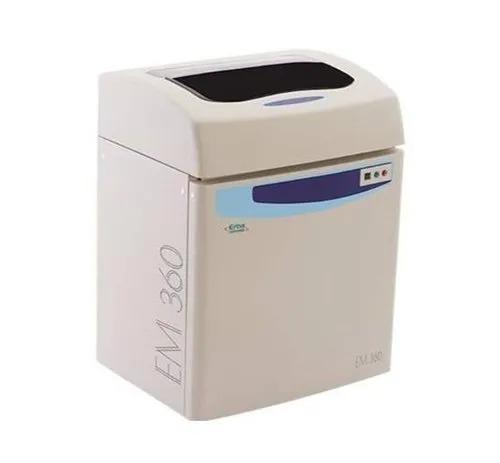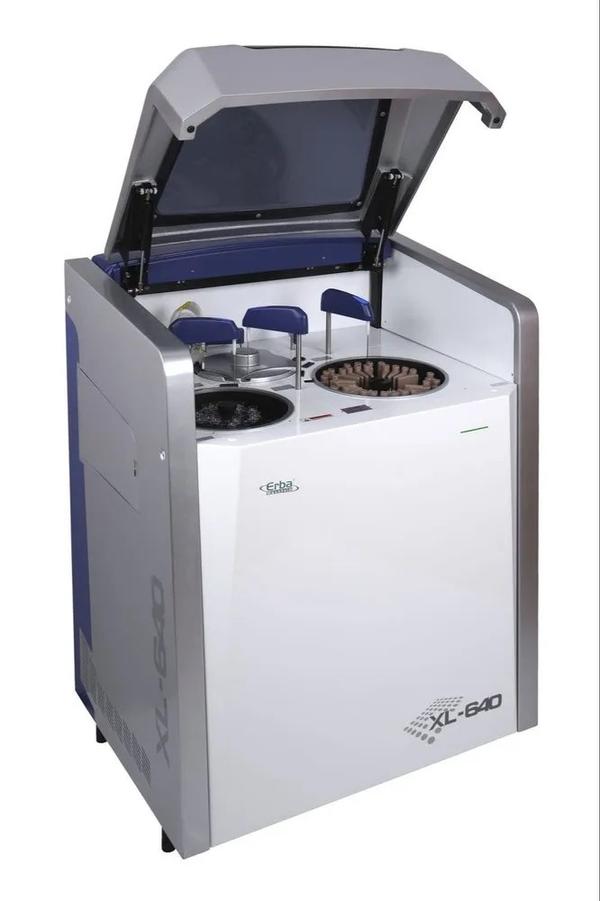As the workload and test menu increase, simultaneous management of multiple ELISA protocols can become challenging. The LisaXL has been designed with an open architecture to meet various laboratory needs, providing all the tools necessary for hands-free ELISA processing, increasing the reliability and reproducibility, improving throughput, and freeing the laboratory staff from repetitive steps. LisaXL allows running multiple parameters for over 250 samples in a single batch. Equipped with dual probes and dedicated workstations, drastically improve ELISA workflows. LisaXL is a complete walkway system that minimizes manual errors while improving the accuracy and turnaround time for critical tests. LisaXL provides the flexibility to build and run virtually any ELISA assays. Product Features: Lisa XL is a true walk-away system for any laboratory needs. High Throughput with 6 plates, can process up to 576 tests. A dynamic scheduler ensures optimized system usage and turnaround times by processing 6 plates and up to 12 assays in each plate Onboard flexibility with sample capacity up to 272 and 20 interchangeable racks for reagents and samples. Dual probe processing ensures speed and reliability. "Zero" carryover with high-quality disposable tips. Six individually controlled incubators and shakers with variable temperature, time, and speed settings. Efficient washing with super sweep mode ensures minimum residual volume, with up to 6 different wash buffers. Easy to use touchscreen graphic user interface Product Applications: ELISA Physical Specifications 1 Dimensions Length 1375 mm 55" Height 845 mm 33" Width 850 mm 33.5" Weight 195 kgs (Approx) Power Supply Voltage 100 - 240 Volts Frequency 50 / 60Hz Power consumption 700 W General Specifications Assay per plate Up to 12 Number of ELISA plates Up to 6 Sample capacity Up to 272 Sample / Reagent capacity Total 20 racks Single rack holds 16 sample / reagent tubes Double rack holds 6 x 60 ml reagent bottles (can be used interchangeably) Tip / Dilution box Total 11 locations of 96 capacity each (can be used interchangeably) Reader Specifications Reading Range 0.0 - 3.5 O.D Reading Channels 8 Filter wheel 8 positions 405 nm, 450 nm, 492 nm, 620 nm std* 578 nm and 700 nm optional + 2 open Light source Halogen Lamp Reading mode Single, Dual, ORR Reading time < 1 min (for single filter) Linearity Up to 3.0 O.D (450 nm) Washer Specifications Manifold configuration 16 needles - 8 aspiration & 8 dispensing Precision < 5 % at 300 μl Wash cycle Programmable Residual volume < 5 μl / well Soak time Programmable Washer buffer capacity 6 × 2.25 L Waste water container 1 × 20 L Incubator Specifications Number of incubators Up to 6 Temperature range RT + 5°C up to 50°C Temperature stability ± 1°C Incubation time Programmable Time to set temperature < 6 min Shaking 200 to 800 RPM Shaking Method Orbital Pipetting Specifications Number of probes 2 Tips 300 µl / 1000 µl, Auto / Manual selected Multi-dispensing (Reagent) Minimum volume 4 μl Serum dispensing time < 14 min Reagent dispensing time < 5 min Sample mixing Yes (Automatic) Precision Sample & Reagent Sample Dispensing with 300 µl tip: 3% above 10 µl ± 0.5 µl for 10 µl & less Reagent Dispensing with 300 µl tip: 3% for 25 µl & above Reagent Dispensing with 1ml tip: 5% for 75 µl & above" Process Security Liquid level sensing Well fill verification Clot detection Onboard sample identification Onboard reagent identification Strip verification Buffer sensing Alarms Software Operating System Windows 10 (Embedded) LIS interface Bi-directional, Serial / TCPIP USB Port Graphic load interface Graphical work list Data processing Quantitative, Semi-Quantitative & Qualitative Multi password access Ability to archive data Computer (Base configuration considered, higher configuration can be considered for upgrade after testing) Intel Core i3, 4 GB RAM, 1 TB hard disk Monitor 22" Full HD touch screen
Send Message